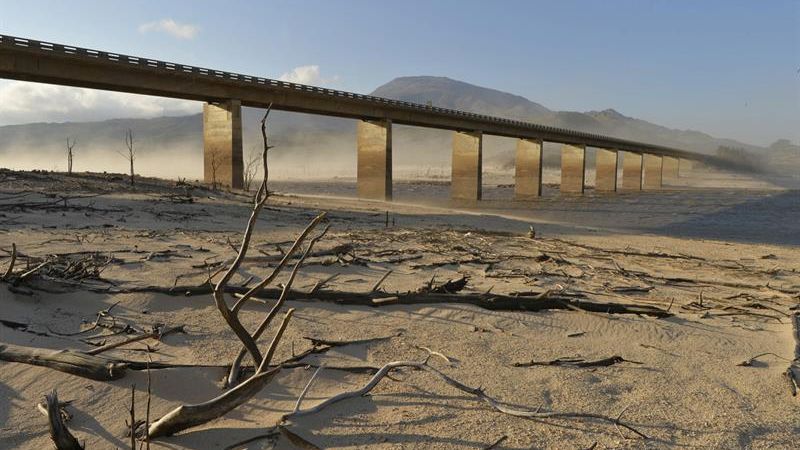Samsung heads into CES 2026 with momentum Samsung Electronics is closing out 2025 with a strong signal of where its future tech ambitions lie….
Cape Town’s Theewaterskloof Dam breaks the 40% full mark

After a few weeks of rapid increases, Cape Town’s dam levels have seemingly plateaued.
This week the City of Cape Town’s latest report saw an increase of just 1.8% to the overall storage levels. They now stand at 55.1%.
Going dam by dam, most notable is the Theewaterskloof Dam’s current level. It’s now at 40.7% full, up by 1.7% over the previous week. It’s now doubly as full as it was in July 2017, and just 15% off its 2015 levels.
Notably, less than three months ago, the Theewaterskloof Dam was just over 10% full.
The Voëlvlei Dam is now 54.6% full, jumping by 3.2% over the previous week. Its current level is the fullest the dam has been in July since 2014 when levels were 90.3%.
The Berg River Dam increased by 1.6% to 84.7%. It’s incredible, considering that its July 2017 levels were 38.4%.
The smaller dams have also seen notable gains this week. The Wemmershoek Dam gained 1.6% over the previous week to 84.9%. It’s now less than 10% from its July 2014 levels.
The Steenbras Upper Dam was the only reservoir to finish the week lower, shedding 2.8%. It’s still 97% full though.
It’s neighbour, the Steenbras Lower Dam gained 0.4% to sit at 55.9%.
Despite the mid-week rain, July has been notably drier compared to June. The Steenbras catchment is some 90mm short of its long-term average for the month. The Wemmershoek and Theewaterskloof catchments are around 60mm and 30mm short respectively.
The Voëlvlei however is just 10mm short of its long-term average for July, making it two wet months in a row for Cape Town’s most northerly dam.
The city’s residents have also reduced consumption this past week, with just 494-million litres per day consumed on average across the metropole.
Feature image: City of Cape Town


